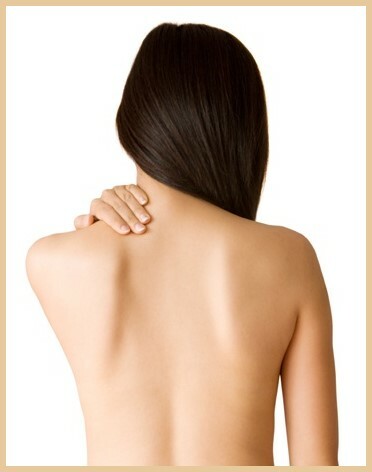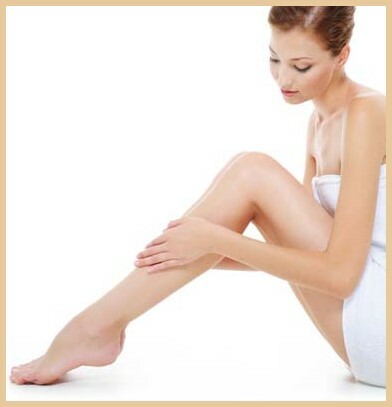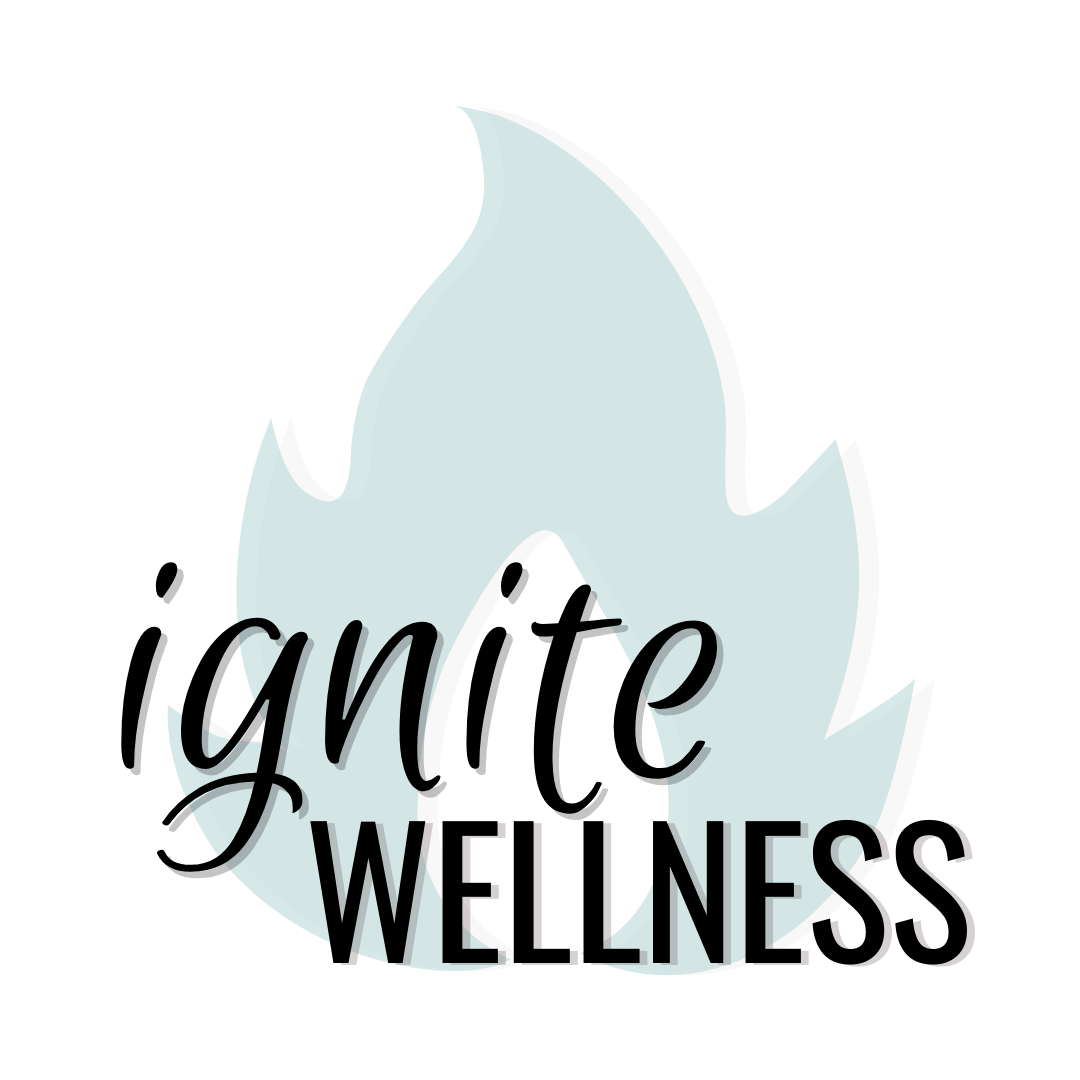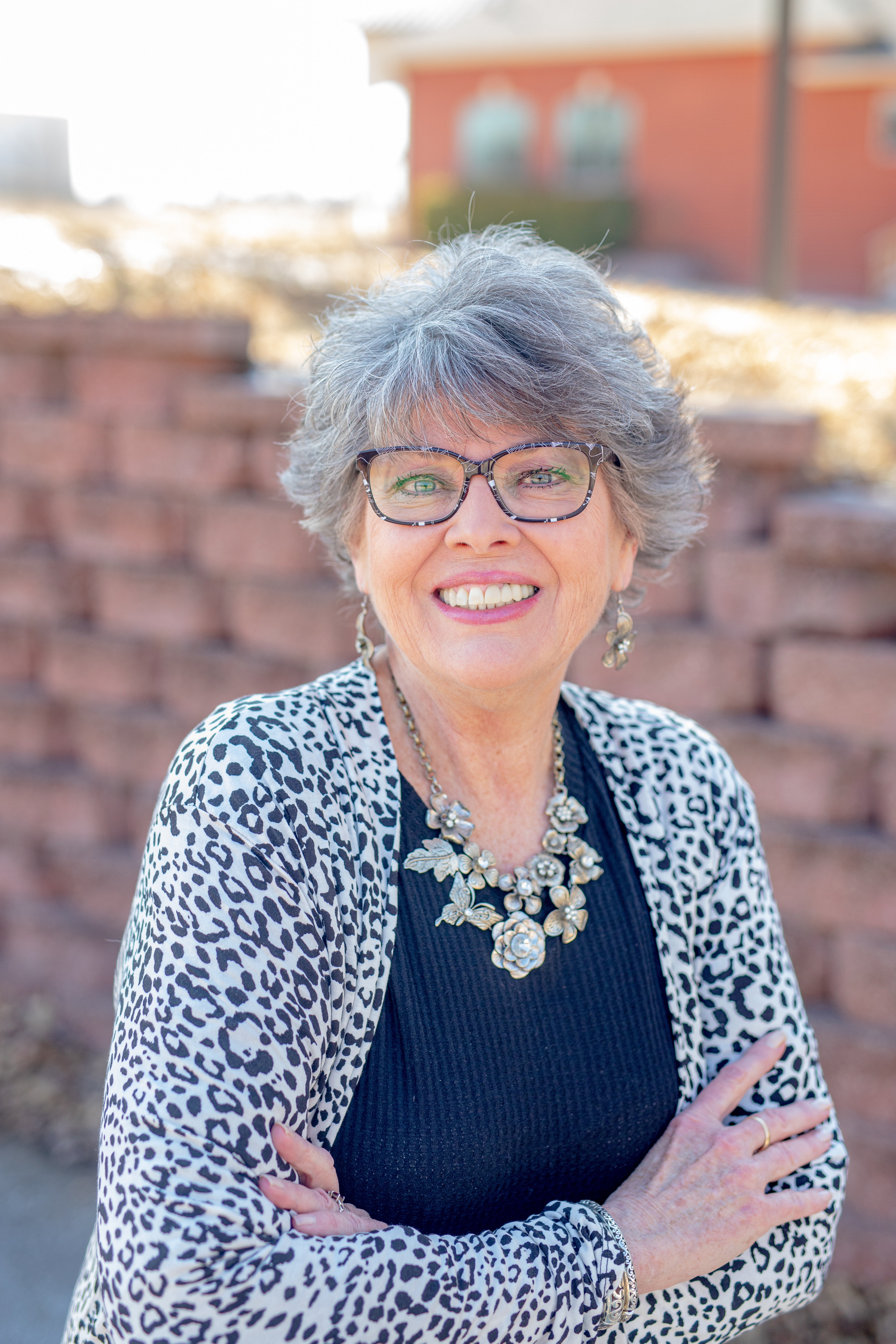

The Skin You're In!
Did you know that our skin is the largest organ of the body? Our skin covers approximately 20 square feet of the bodies outside surface and is 15-20% of an average adult’s total body weight. It is the first line of defense against harmful substances, infection, dehydration and provides physical, chemical, and biological barriers. Our skin regulates our body temperature, stores blood, gives us sensation, excretes toxins, synthesizes Vitamin D, stores fat cells for energy reserve and provides an attachment point for bones, muscles, and other organs.
The structure of our skin consists of two main parts. We have the Epidermis which is a thin layer composed of the epithelial tissue which is found on our fingertips, palms, and soles. Then we have the Dermis, which is a deeper, thicker connective tissue that makes up 90% of the skin’s thickness. This layer has collagen that makes skin cells strong and resilient and elastin which keeps the skin flexible and helps stretched skin regain its shape. Our blood vessels, nerves, glands, hair follicles and sweat glands are embedded in this this dermal tissue layer. As our skin cells are pushed to the skins surface the dead skin cells are steadily shed from the surface of the skin an average of every four weeks.
Our skin is also an elimination organ. It acts as a supplemental filter to the kidneys for removing wastes from the blood. If our other organs are not functioning properly, toxins will be pushed out through the skin in the form of perspiration. How our skin looks is a way to judge the general health of your body. Dry skin, eczema, spots, dark undereye circles, blemishes and even wrinkles are an indicator of an imbalance within the body. A yellow tint to the skin is a tell-tale sign that the liver is in stress!
The skin absorbs everything it is exposed to, it’s like a sponge! This includes ALL your personal care products such as soaps, lotions, deodorants, perfumes, makeup, hair care products, skincare products, and even the clothes we wear laundered in detergents and fabric softeners. Our skin is absorbing all the chemicals in these products! I often think of the kids in school sitting at desks that have been slathered in those strong chemical cleaning products and wonder if maybe disruptive behaviors are related to their little bodies absorbing and reacting to those chemicals. It’s highly possible! Or having trouble sleeping may be connected to your body absorbing chemicals from your laundered bedclothes. Maybe a skin rash is your body reacting to chemicals in your detergent/fabric softener you are washing your clothing in.
As we age our skin changes and becomes thinner, loses fat and my not look as plump and smooth. Around ages 35-40 our body starts producing less collagen leaving the skin weak and less elastic. This leads to wrinkles and thin skin which may mean those scratches, bumps, bruises, cuts may take longer to heal. In addition to aging there are lifestyle choices that can also impact our skin such as pollution, smoking, UV rays, stress, and caffeine. These lifestyle choices can produce free radicals which add to the aging process by breaking down the skin’s collagen fibers.
 Start Protecting Your Skin
Start Protecting Your Skin•Apply Mineral Sunscreen (SPF 30+)
•Avoid Tanning Indoors or Outdoors
•Manage Stress
•Use Chemical Free Personal Care Products
•Apply Chemical Free Moisturizers
•Stay Hydrated (8-10 glasses of filtered water per day)
Take inventory of your skin on a regular basis. How does it look? How does it feel? If you pay attention, you will know what you need to adjust in your daily life.
Remember, you live in your skin so be kind to it, take care of it and it will serve you well!
Love what you read here? Subscribe for updates!
Get FREE Access to my Visitors Wellness Vault









